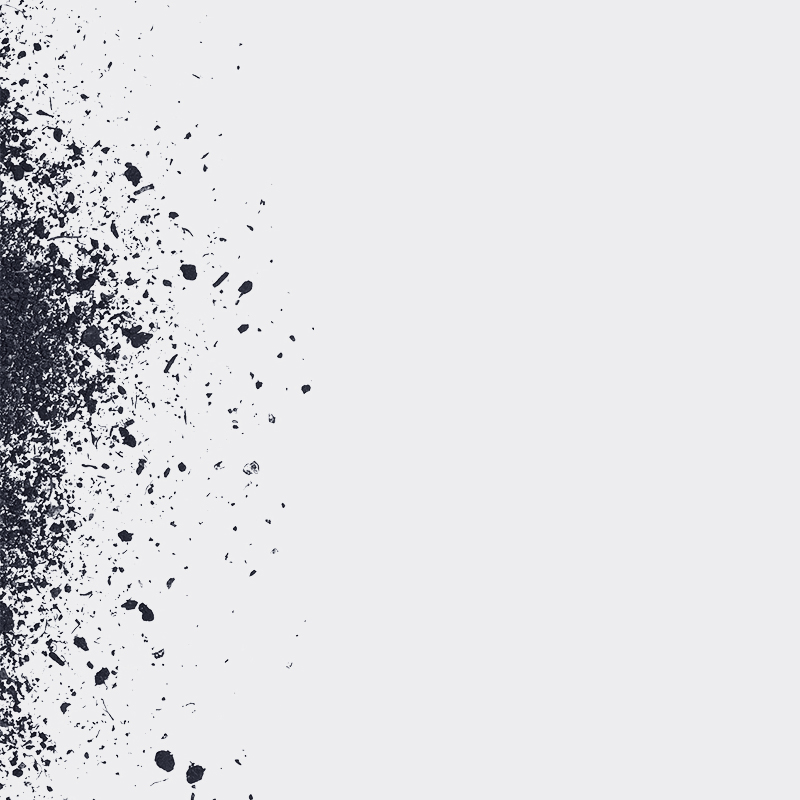

The subject of the current research work is the construction of the dominant identity of space and subjects, through the achievement of "purity" and the introduction of "order" as tools for social reproduction. The concept of "purity" is approached through Mary Douglas's analysis of impurity, "matter out of place," as a residual structure that is rejected by the taxonomic scheme and is at the same time its inherent derivative. The pure and the dirty are chosen, not as characteristics of matter, but as mental constructions that produce bans, exclusions and displacements both in space and in subjects. At the same time, in order to understand the dominant character of the space and the perceptions of identities, theories from various fields of study such as sociology, anthropology, ethnological studies, psychoanalytic theory and their intersections are used. The position under consideration is how the system uses "matter out place" as a mental construction in order to make the identity of space and subjects "clean".
The text’s structure is based on theories which apply on episodes of spaces, practices and perceptions, shaping their dominant character. Initially, the map is chosen as the representation of space, which is considered an objective tool of knowledge and is degraded to the logic that it constructs "pure" spatial relationships based on selfish purposes. Then, in the city's field, the concept of "purity" is used in order to show the disciplinary and rational character of public space. As for the identity of the bodies, the case of the subject in migration is chosen to understand how the attribution of "dirty" characteristics on identity supports social reproduction. Finally, with the aim of forming an additional level of perception for the concept of "purity", the taboo is chosen as an internal law which organizes the structure and social relations of cultures, which in western thinking, appear as "primitive".
Supervisor: Giannisi Phoebe
Reference Number: 746
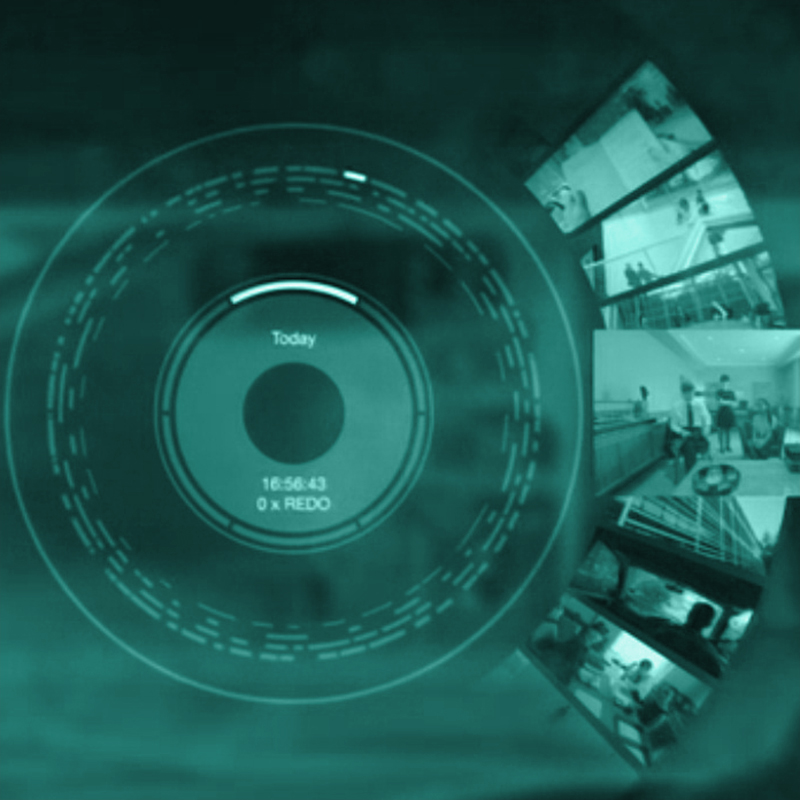

Since the 60s the research on the redefinition of body and spatial environment relationship is extensive. Nowadays, modern tools and technologies make it more relevant and realistic than ever while the human body and the senses are turning into places of exploration through technology, creating indistinct boundaries between human and digital. Artists, Architects and Designers have dealt with such experimentation injecting their projects with technological means for creating new sensory and spatial experiences. Through modern applications the space is enhanced with ambient intelligence (AmI), the body with implants and prosthetics, and artifacts using artificial intelligence (AI). However, questions arise about the extensive use, feasibility, commercialization and control of such technologies. Products of popular culture, such as the English series “Black Mirror”, comment on the aforementioned developments presenting extreme scenarios of a technologically enhanced everyday life. Parts of the episodes are used as a motive in order to study the visions, the modern application and the potential "accident" of the digital age. Eventually the rapid development of science in the digital age will be able to deliver the promises of the visionaries of the 60s or will end up to a technological dystopia?
Supervisor: Psychoulis Alexandros
Reference Number: 701
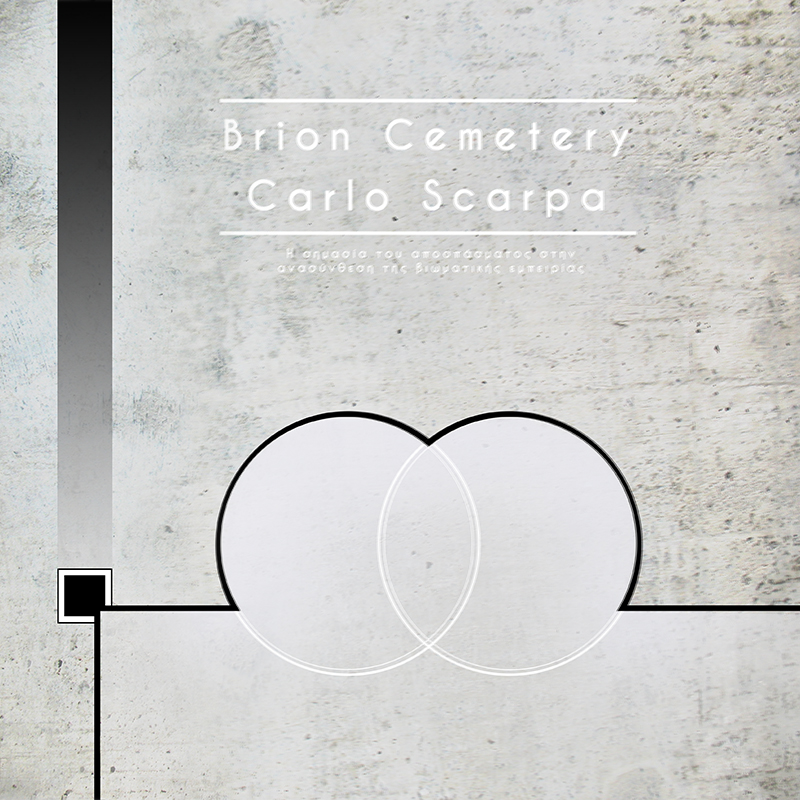

This present topic of research is related to the study of the work of the Italian architect Carlo Scarpa and especially of the cemetery of Brion. More specifically it is orientated to the design of the building and the spacial experience it offers. At the same time, the above connection is examined through the tradition of his city of descent with data like the light and the shadow, the material, the detail of construction and the liquid elements. Finally, it designates the relationship between the part and the whole during the planning and the experience of the implemented space.
A way to understand this architect better not only him but his planning techniques was to take a trip to his works. Through this visit his planning method and the focus on detail could be perceived in a way that is understood in its totality.
More specifically , the whole research follows a process starting from the study of his whole work from the moment his journey begins through to the final result. The research starts after the completion of the journey when new data are presented and common places and characteristics are observed in the work and also in the character and planning of Scarpa. So it is chosen to be studied extensively and deeply as his last work , Brion. Through the transcribing and understanding of his work from designs and from photographs attempts are made to understand the way the planning has influenced the final implemented work and the experience of space somebody has in it.
Supervisor: Gavrilou Evelyn
Reference Number: 725
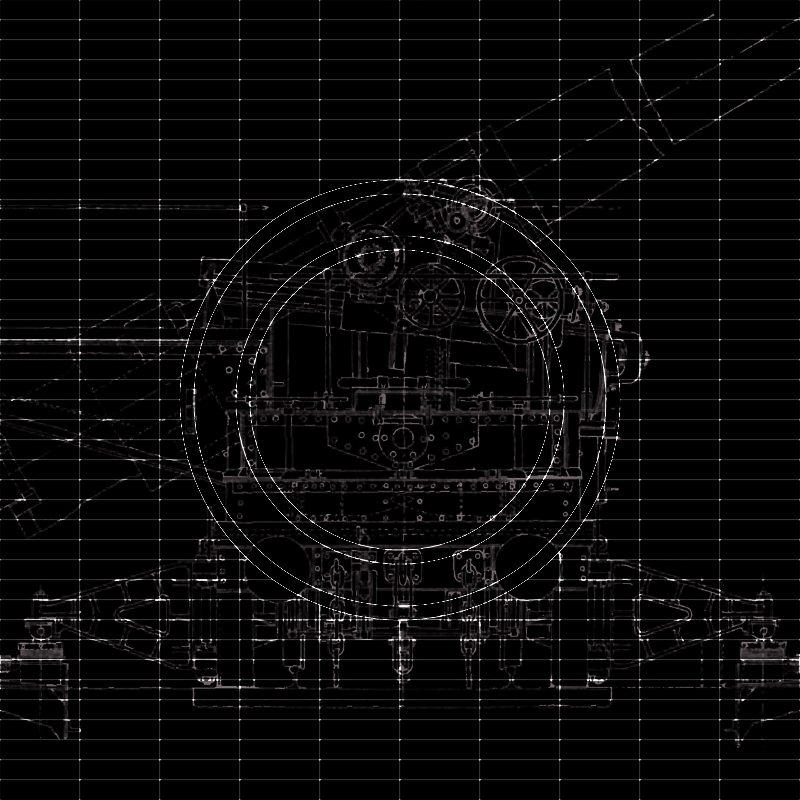

This research examines the relationship between war and architecture. In an attempt to understand this counterintuitive relationship, one must engage with the work of Michel Foucault, who theorised war as the organising principle of modern power. In order to extend such a reading to space, and therefore architecture, one must turn to Paul Virilio’s work concerning logistics. This theoretical framework will allow to construct a genealogy of war’s influence on the built environment. Critical theory’s role on this procedure, with its limitations and contradictions, will be then examined. Finally examples from recent war practices provide another perspective and perhaps some interesting insights.
The aim is to understand how specific strategic designs shape the built environment and what their implications are, in order to contest them. In this context one must renegotiate the designer’s role and responsibility. If, as it seems, war has saturated every aspect of social life - a process unfolding throughout modernity and concerning both space and how space is perceived- we must explore the political alternatives within architectural discourse and practice.
Supervisor: Kotionis Zissis
Reference Number: 748


The body is a complex mediator between the fluctuations of culture and the self. This constantly variable and abstract image of the body, sets the body in the center of many researches since the ancient times, studying the influence of society, aesthetic factors and the development of technology. It’s a result of a complex transformation process that stands simultaneously in direct relationship with the scientific, moral and political drives of its time.
The body is an essential element of architecture, and its relation with the space has held various considerations and differentiations. The change of the “paradigm” periodically is followed by respective social and spiritual ideas, and they all meet and get projected through different facets of scientific and artistic expressions. Right now, we are in a search of the new “paradigm”, as the possibilities of the previous examples are exhausted, we are processing and recycling them, looking for the modern interpretation for the body.
In an attempt of approaching the contemporary example and its relation with architecture, there’s a historic analysis of the ways that the body has been represented in the arts and especially in architecture, pursuing to reconstruct and redefine the theoretical ideas about the topic. The representational techniques of the body reveal the relationship of the various architectural ideas with the example of the body in every period.
The reference to standardized body images of the past, expressing their relationship with the current aesthetic and theoretical ideas - making a smooth transition from the classic body of beauty to the modern body of proportion, to a body of exception, a body “trace "or finally a non-body- emphasizes the representational practice as a means of interpretation and expression of each new paradigm, while it sets questions about its relationship with architecture. The notion of “passe-partout” body is inserted, a body that can be pasted anywhere, as an interpretation of the contemporary representational technique. Analyzing the practice of “passe-partout” body, questions of how meaningful and deep is the relationship with architecture are emerged, and who is represented through this body in the end. Identifying the “passe-partout” body in its various manifestations through time, we can understand the ideologies associated with its representational potential.
Supervisor: Gavrilou Evelyn
Reference Number: 704
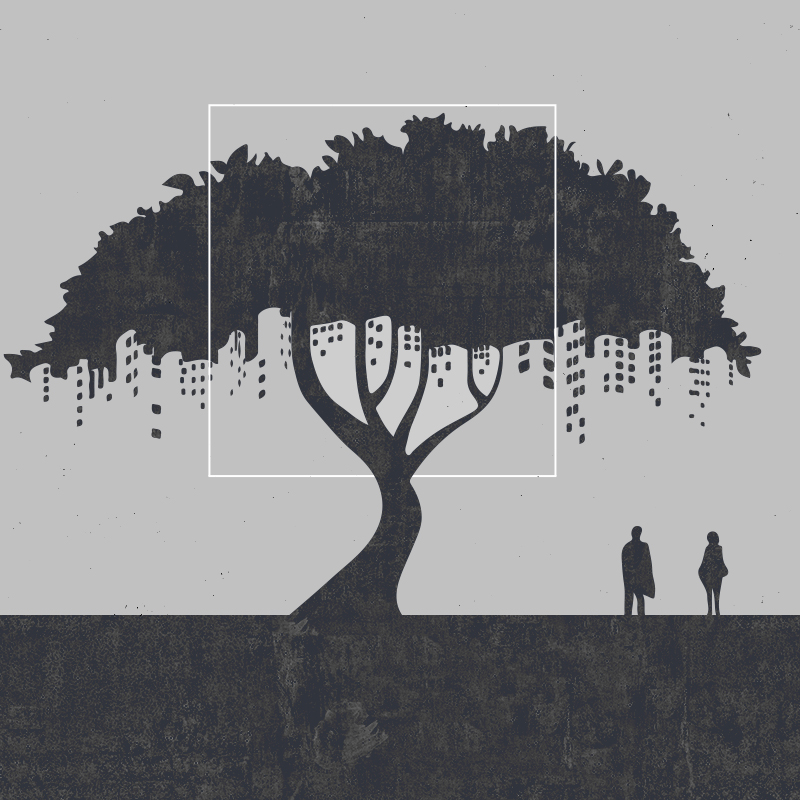

During the Paleolithic era human beings believed themselves as an integral part of the natural environment which they used to call “Great Mother”. This cultural belief changed during the Neolithic era, with human’s first attempts to control the natural environment. At this time, as the distinction between cultivated and uncultivated land appears, the occurrence of the concept of wilderness also appears for the first time. At the time of the Industrial Revolution there was a large increase in the population of the developed countries gathering in urban centers. This has resulted in the restriction of wild areas and the reinforcement of the views of the classics, that man can survive without the need of the natural environment, views that seemed to change since the early 19th century, where the creation of green spaces within the cities has been observed, in a human effort to improve living standards. The present research work is a dialectical effort that discusses these relations between cities and natural enviroment, as phases or moments of a larger urban process, a process in which the potential of urban development is internally revealed, enriched and reaches its absolute denial in the modern metropolis. Its main purpose is to enable the reader to see through this process, the internal links between the different periods of urban history and to realize that urbanism must be seen as a development that places us in a unique position in order to overcome the city as such and create a new type of community, a type that combines the best features of urban life and life in the nature within a harmonized future society. The last pages suggest how such a community might look like.
Supervisor: Stylidis Iordanis
Reference Number: 728
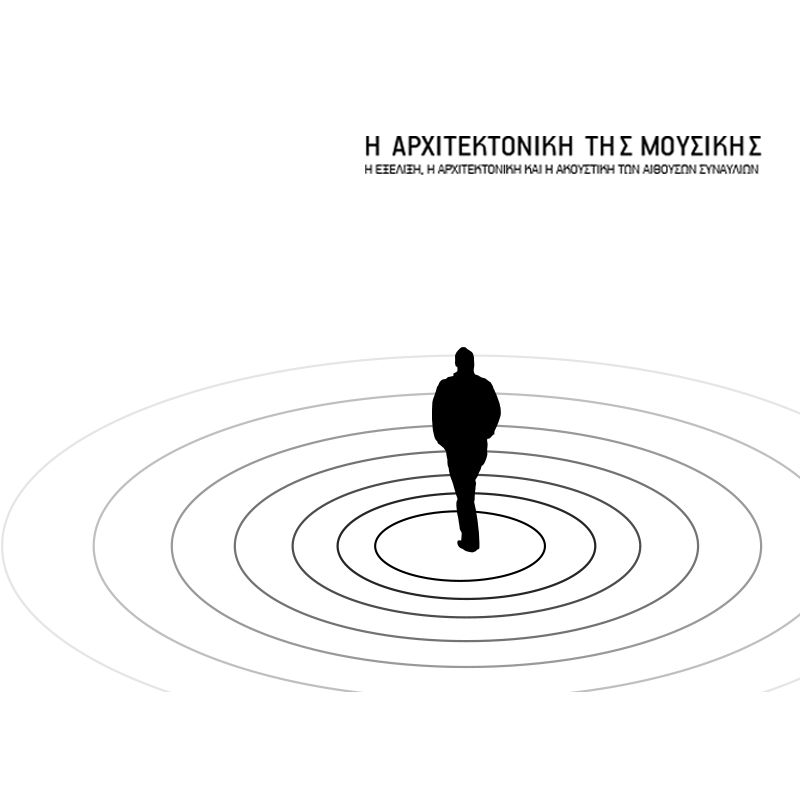

This research considers the way in which a room accomodates concerts. The role of a concert hall is as important as the quality of the concert itself, because it concerns the fact that either will upgradeor downgrade a concert. Every room, then, must have some specific features in order to have the proper acoustics, depending on the purpose to be accomplished.
Firstly, there is described the phenomenon of sound and its behavior in open and closed spaces and is given an explanation about objective and subjective criteria, according to which the acoustics of a concert hall are evaluated. Furthermore, there is referred the procedure by which a sound room is considered, as, also, main principles of designing a concert hall, the conditions of setting them up and ways in which possible failures can be avoided. Additionally, there is given the historical development of concert halls, together with examples of acoustics solution, depending on the experience and knowledge of each period, while the acoustics of impressive buildings in modern architecture are examined and the way in which architecture of these rooms is affected by the acoustic requirements. Finally, there are given conclusions and views generated through this research.
To conclude, the aim of the research is how these two concepts, music and architecture, are combined and to prove that the acoustic solution as main principle of architectural composition can be the absolute prerequisite in order a whole building organization to be succesful. Therefore, the correct acoustic design contributes to erect exceptional buildings, but also to the general development of architecure.
Supervisor: Triantafillidis Giorgos
Reference Number: 694
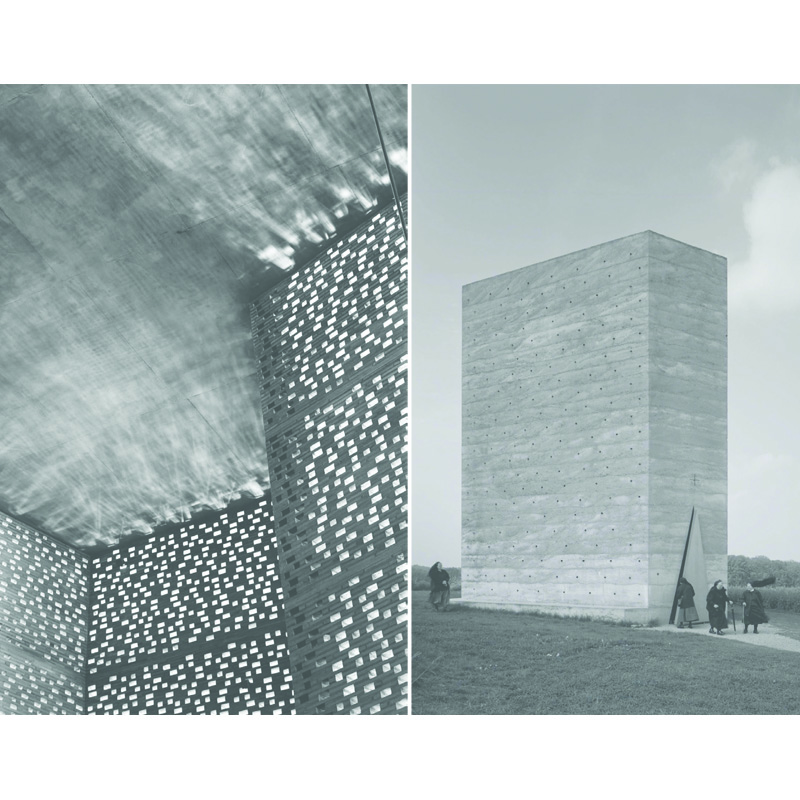

In this research Peter Zumthor’s architecture is studied in order to understand the architect’s choices and synthetic manipulations causing the sense that the space emits, i.e. the feeling of atmosphere.
More specifically, in the first part, the way Zumthor works is analyzed and it becomes clear that the place of the building and the phase of materialization are important to him. Then, the notion of atmosphere is examined based on the theory of phenomenology, as expressed by Merleau-Ponty and Bachelard, as well as the ambulatory vision, as defined by the ecological psychology of Gibson, in combination with the architect’s theoretical work. Through this process it turns out that living experience is the most appropriate way to approach an architecture of atmosphere, like Zumthor’s. Also, materiality of his buildings is explored as a feature of atmosphere and thus it is proved that photography is not an appropriate mean to make it comprehensible. Finally, the contribution of the relationship between light and shadow to this process is examined.
In the second part, the research is focused on the visit and study of two of his buildings, the Kolumba museum and the Bruder Klaus field chapel. Then, there is a description of the experience of the visit during which the differences between experience and photography are perceived in practice. In addition, some other elements that contribute to the atmosphere of these buildings are noticed. Finally, it is attempted to answer some questions in order to understand how phenomenological and ambulatory perception are activated by space syntax. By extension, with which tools is it possible to produce similar qualities and experiences. Τhe main manipulations have to do with the configuration of space, which defines movement, the relationship between interior and exterior and the transitions. Thus, it is concluded that atmosphere is a combination of things and is not exclusively defined by geometry.
Supervisor: Gavrilou Evelyn
Reference Number: 760

